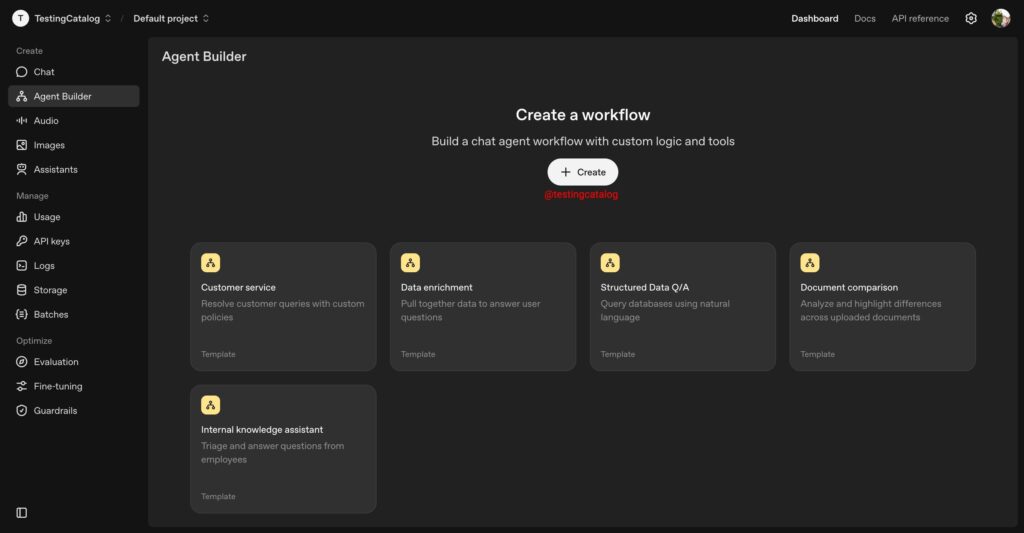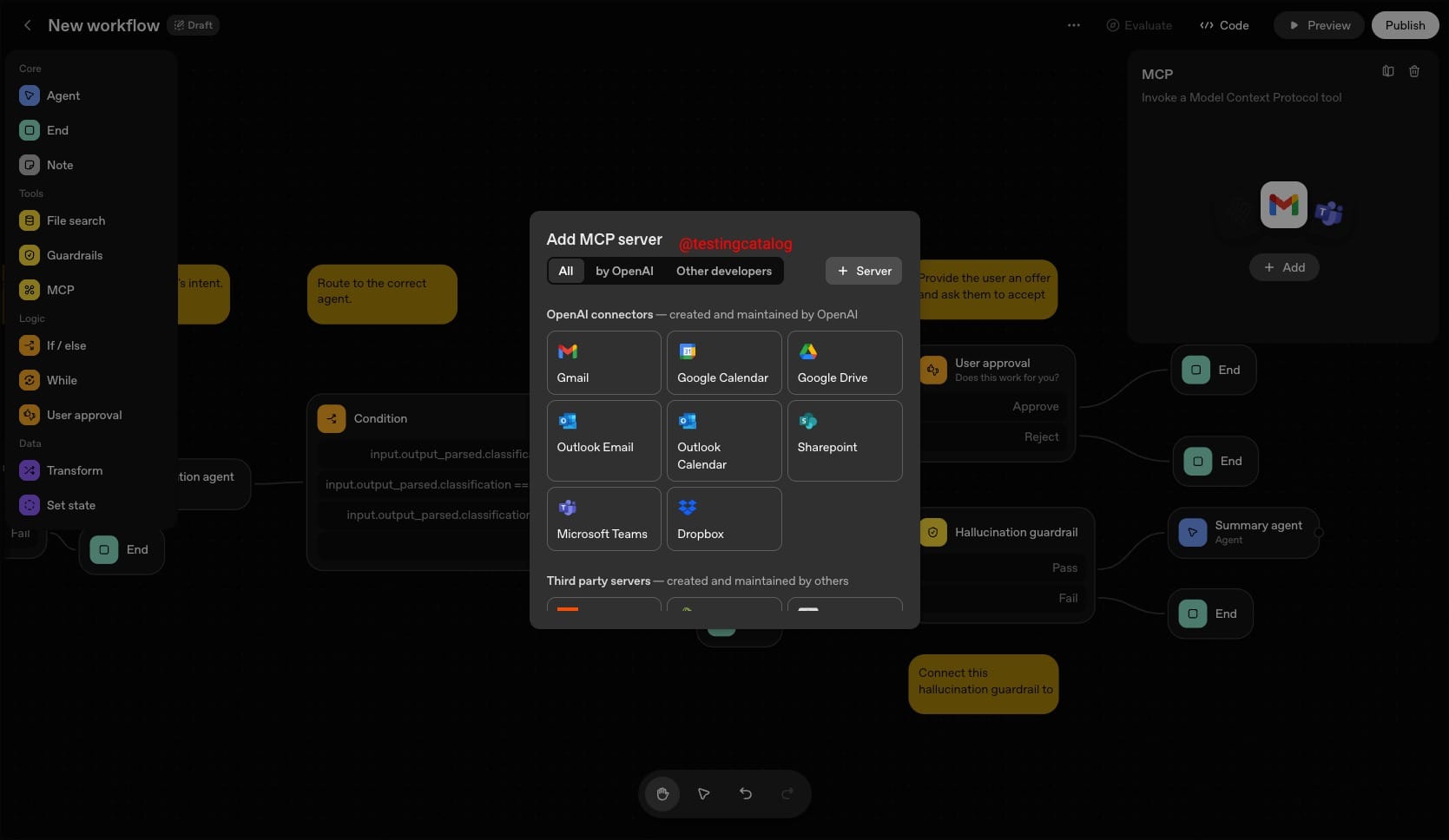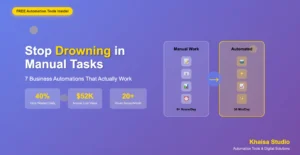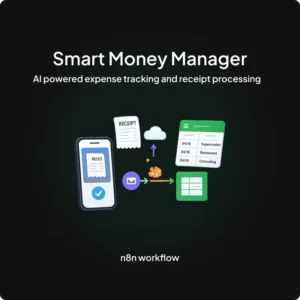OpenAI is set to launch its highly anticipated Agent Builder during DevDay on October 6, marking a significant shift in how developers and businesses create AI-powered workflows. This new tool positions OpenAI as a direct competitor to established automation platforms like Zapier and n8n.
What is OpenAI Agent Builder?
Agent Builder is a visual workflow automation platform that enables users to create complex AI agent workflows without writing code. The drag-and-drop interface allows both developers and non-technical users to build sophisticated AI solutions through an intuitive canvas system.
The platform comes pre-loaded with templates for common use cases including customer service chatbots, data enrichment processes, question-and-answer agents, and document comparison tools. This template library helps users jumpstart their automation projects quickly.
Key Features of Agent Builder
The Agent Builder canvas offers a comprehensive set of modular components designed for maximum flexibility. Users can access logic nodes for conditional statements and loops, integrate MCP connectors for external services, and implement user approval workflows for sensitive operations.
Security-conscious teams will appreciate the built-in guardrails feature, which helps ensure AI agents operate within defined parameters. The platform also includes file search capabilities and data transformation tools, making it suitable for diverse business applications.
Who Benefits from OpenAI Agent Builder?
The most obvious beneficiaries will be developers, solution architects, and businesses already working with OpenAI APIs will find Agent Builder particularly valuable as an alternative to manual code-based integrations. The visual interface significantly reduces the time required to prototype and deploy AI agents.

Business teams without extensive coding experience can now create production-ready AI solutions, democratizing access to advanced automation capabilities. This lower barrier to entry enables faster innovation cycles and easier team collaboration.
How Agent Builder Works
Creating workflows begins from a dedicated interface within the OpenAI platform. Users select components from a sidebar palette and arrange them on the canvas to build their desired automation flow.

The platform features preview and testing modes that allow creators to validate their workflows before publishing. This iterative approach helps ensure agents function correctly in production environments while minimizing deployment risks.
OpenAI’s Strategic Move into Workflow Automation
Agent Builder represents OpenAI’s evolution from a pure API provider to a comprehensive ecosystem platform. By offering self-serve agent creation tools, the company empowers users to build custom solutions while maintaining integration with OpenAI’s infrastructure.
In the increasingly crowded automation market, OpenAI differentiates itself through deep integration with its AI models, user-friendly design, and intelligent features like automated guardrails. This combination could prove compelling for organizations already invested in OpenAI’s technology stack.
The Future of AI Workflow Automation
The launch of Agent Builder signals OpenAI’s commitment to making AI more accessible and actionable for businesses of all sizes. As AI agents become central to business operations, visual workflow builders like this will likely become essential tools for digital transformation.
With DevDay approaching, the tech community eagerly awaits hands-on access to Agent Builder and additional details about its capabilities, pricing, and integration options.
Get Started with AI Workflows Today
While waiting for OpenAI’s Agent Builder release, you can explore pre-built AI workflows and automation solutions at Khaisa Studio. Our ready-to-use workflow templates help you implement AI automation in your business without the wait.
Whether you’re looking to streamline customer service, automate data processing, or build intelligent agent systems, Khaisa Studio offers production-ready solutions that integrate seamlessly with leading AI platforms.


